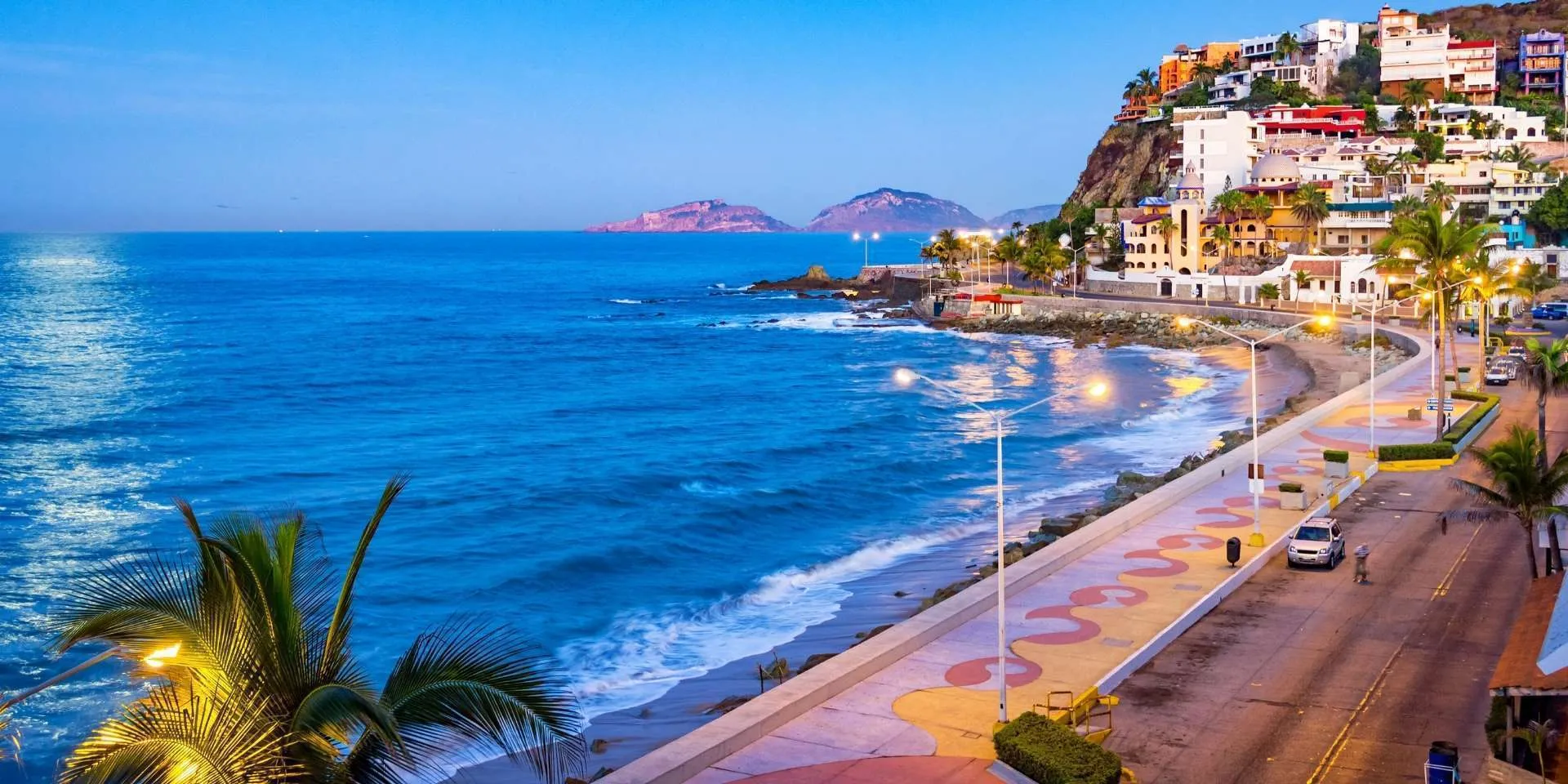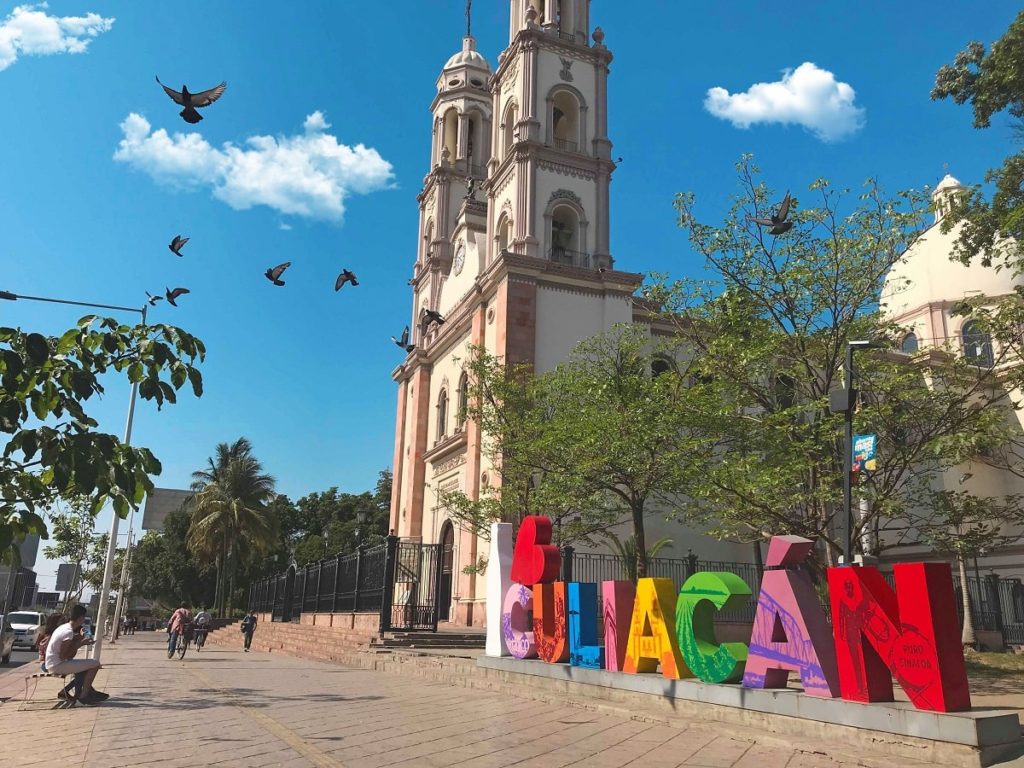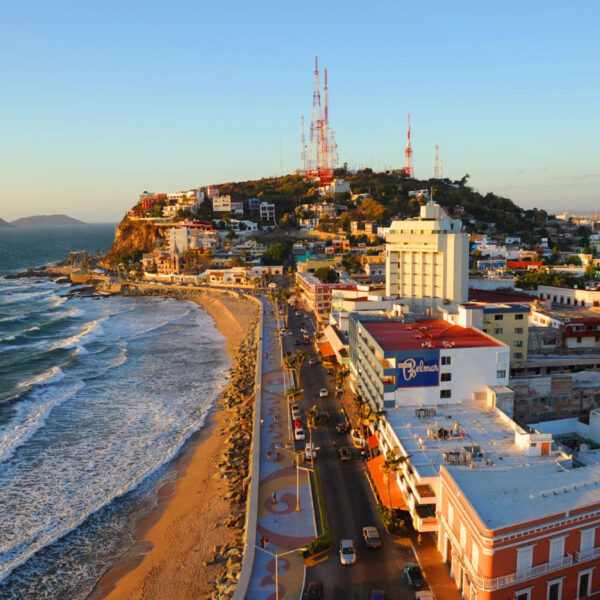The question of the Sinaloa cartel's financial standing, particularly its net worth in 2022, captures a lot of public interest. People are often curious about the economic scale of such organizations. It is important to know, however, that obtaining precise figures for an illicit group like the Sinaloa cartel is incredibly difficult. Such numbers are usually estimates, often based on intelligence reports and economic models, rather than verifiable financial statements. So, getting a truly accurate picture is, in a way, quite a challenge.
When we talk about the Sinaloa cartel, we are looking at an organization deeply rooted in a specific geographic area. The state of Sinaloa itself, as a matter of fact, is located in northwestern Mexico. It is a place with a multifaceted territory where towering seawalls, traditional fishing villages, and vast tracts of farmland coexist. This setting provides a unique backdrop for understanding how such groups might operate, even if direct financial details remain elusive. You know, the environment really shapes things.
Understanding the context of Sinaloa, officially known as the Estado Libre y Soberano de Sinaloa, gives us some insight. It is one of the 31 states which, along with Mexico, form the country. The state borders the Gulf of California and the Pacific Ocean to the west, and shares land with Sonora, Durango, Chihuahua, and Nayarit. This geographical position, with its access to both land and sea routes, is very significant, actually. It plays a role in various activities, legal and otherwise, that might occur in the region.
Table of Contents
- Understanding the Sinaloa Cartel and Its Financial Context
- The State of Sinaloa: A Geographical and Historical Overview
- The Challenge of Estimating Illicit Wealth
- How Illicit Organizations Generate Income
- What to Consider When Discussing Cartel Finances
- Frequently Asked Questions About the Sinaloa Cartel
Understanding the Sinaloa Cartel and Its Financial Context
When people look for "Sinaloa cartel net worth 2022," they are typically hoping for a clear financial figure. However, getting an exact number for an organization involved in illegal activities is practically impossible. Unlike legitimate businesses that file financial reports, cartels operate in the shadows. Their earnings are not declared, and their assets are often hidden or laundered. So, any figures you might come across are, pretty much, educated guesses or estimates from various agencies.
The interest in the financial strength of such groups is often high, especially when there are news events or discussions about their operations. It seems that people want to grasp the sheer scale of their influence. This ongoing curiosity, you know, tends to drive searches for terms like "Sinaloa cartel net worth" or "how much money do cartels make." It shows a general desire to comprehend the economic impact of these organizations, even if precise data is unavailable.
The operations of the Sinaloa cartel are, in a way, deeply intertwined with the geography and social fabric of the state of Sinaloa itself. While we cannot put a number on their net worth based on the provided text, we can look at the environment that has been described. The state of Sinaloa, with its diverse terrain and strategic coastal access, offers a complex setting. This context is important for anyone trying to understand the challenges involved in tracking illicit finances, as a matter of fact.
The State of Sinaloa: A Geographical and Historical Overview
Sinaloa, pronounced [sinaˈloa], is a state in northwestern Mexico. It is officially known as the Estado Libre y Soberano de Sinaloa, which translates to the Free and Sovereign State of Sinaloa. This region is a beautiful state on the west coast of Mexico, known for its stunning beaches, rich culture, and delicious food. Whether you love nature, history, or just relaxing by the ocean, there's something there for you. It's a place that draws many visitors, and it's quite a vibrant area.
The state's geography is quite distinct. It is bounded by the Gulf of California, also called the Sea of Cortez, and the Pacific Ocean to the west. To the north, it shares borders with the state of Sonora. Sinaloa also borders Durango, Chihuahua, and Nayarit. This coastal location, combined with its inland connections, provides a unique mix of environments. The state is divided into 18 municipalities, and its capital and most populated city is Culiacán. So, it's a pretty significant region, geographically speaking.
Sinaloa's Diverse Landscape and Economy
Sinaloa boasts a multifaceted territory where its towering seawalls, traditional fishing villages, and vast tracts of farmland coexist. This diversity suggests a range of economic activities, from agriculture to fishing and tourism. The state is home to Mexican destinations such as Mazatlán and its nearby islands, which are popular tourist spots. From pristine beaches to delicious seafood, vibrant cultural landmarks, and adventurous activities, there's something for everyone. This economic variety, in a way, contributes to the overall picture of the region.
The agricultural sector in Sinaloa is quite strong, with vast tracts of farmland. This productivity is a key part of the state's legitimate economy. Fishing villages along the coast also contribute significantly to the local livelihood. These traditional industries have been a part of Sinaloa's identity for a very long time. The combination of these elements means the state has a complex economic landscape, which is, you know, pretty typical for a region with such varied natural resources.
Historical and Cultural Notes on Sinaloa
Sinaloa is home to the history and tradition of the indigenous peoples that inhabited the region, making it a place with deep cultural roots. Its past also includes significant events, such as support for the revolutionary party led by Pancho Villa. By 1917, the state of Sinaloa was ultimately controlled by the newly established constitutional government of Mexico. This historical background shows a region that has seen considerable change and, in some respects, has a resilient spirit.
The cultural richness of Sinaloa is something to appreciate. It's a place where traditions are valued, and the local identity is strong. The state's historical journey, from its indigenous heritage to its role in the Mexican Revolution, has shaped its character. This deep-seated history, you know, adds another layer to understanding the region beyond just its geography or current events. It shows how the past continues to influence the present, which is pretty interesting, actually.
The Challenge of Estimating Illicit Wealth
When it comes to the "Sinaloa cartel net worth 2022," it's crucial to understand why precise figures are elusive. Organizations involved in illegal activities do not operate with transparency. They do not have public financial statements, nor do they report their earnings to any regulatory body. So, any numbers you might hear are, essentially, informed guesses or intelligence estimates, rather than confirmed facts. It's very difficult to get a true handle on it.
Law enforcement agencies and researchers often try to estimate the wealth of such groups based on various factors. These might include the volume of illicit goods trafficked, the market prices of those goods, and the operational costs involved. However, these calculations are inherently speculative. There are many variables that are unknown, like the exact quantities moved, the cut taken at different stages, and the expenses incurred. This makes pinning down a specific net worth figure, you know, nearly impossible.
Furthermore, the assets of illicit organizations are frequently hidden, laundered, or invested in legitimate businesses to conceal their origins. This process, often called money laundering, makes it incredibly hard to track the true extent of their wealth. The money might be moved across international borders, invested in real estate, or used to acquire various assets, all designed to obscure its source. So, trying to follow the money trail is, pretty much, like chasing a ghost, as a matter of fact.
How Illicit Organizations Generate Income
Illicit organizations, like the Sinaloa cartel, generate vast amounts of money through a variety of illegal activities. The primary source of income for many such groups is the trafficking of illegal substances. This involves the production, transportation, and distribution of these items across borders. The sheer scale of these operations can lead to very significant financial gains, though the exact figures are, of course, never public. It's a major part of their business model, apparently.
Beyond trafficking, these groups may engage in other criminal enterprises to expand their financial reach. This could include extortion, kidnapping, human trafficking, and even illegal mining or logging. Diversifying their income streams allows them to generate wealth from multiple sources. This complexity in their operations makes it even harder to estimate their total financial strength, as there are so many different activities contributing to their overall earnings. So, it's not just one thing, you know?
The global nature of these operations also plays a significant role. Illicit goods are often moved across many countries, involving complex logistical networks. This international reach means that money flows through various jurisdictions, making it extremely challenging for any single authority to track it all. The interconnectedness of these networks, in a way, contributes to the difficulty in assessing their true financial power. It's a really complex web, as a matter of fact.
What to Consider When Discussing Cartel Finances
When you hear discussions about the "net worth" of an organization like the Sinaloa cartel, it's important to approach these figures with a critical eye. They are almost always estimates, not verified financial reports. The nature of their operations means that accurate, publicly available data simply does not exist. So, it's always good to remember that these numbers are, more or less, approximations, not precise accounting. You know, it's a bit like guessing the size of an iceberg based on what you see above water.
The "net worth" of such a group is also not static; it fluctuates constantly. It depends on various factors, including the success of their operations, law enforcement efforts, and changes in market dynamics for illicit goods. A major seizure of assets or a successful interdiction could significantly impact their short-term finances. So, a figure from 2022, even if it were an accurate estimate, might be very different in 2023 or 2024. It's a moving target, basically.
Furthermore, the concept of "net worth" for an illicit organization can be misleading. It might include liquid cash, but also hidden assets, properties, and investments. The true value of these assets is often obscured. It's not like a public company where you can see their balance sheet. This lack of transparency means that any discussion of their financial strength must account for the inherent difficulties in measurement. It's a really complex thing to try and quantify, you know?
Frequently Asked Questions About the Sinaloa Cartel
What is the Sinaloa cartel known for?
The Sinaloa cartel is widely recognized as one of the largest and most powerful criminal organizations operating out of Mexico. It is primarily known for its extensive involvement in the international trafficking of illegal substances. This includes a wide range of narcotics, which are moved across various borders. The group has also been associated with other illicit activities, contributing to its reputation. So, it's pretty much known for its vast criminal enterprises.
Where is the Sinaloa cartel based?
The Sinaloa cartel is primarily based in the state of Sinaloa, Mexico. This is where the organization originated and where much of its core operations are believed to be centered. The state of Sinaloa, as mentioned, is located in northwestern Mexico, with access to both the Pacific coast and inland routes. This geographical base, in a way, provides a strategic advantage for its activities. It's their home turf, basically.
Why is it hard to know the Sinaloa cartel's exact net worth?
It is very difficult to determine the exact net worth of the Sinaloa cartel because it operates as an illicit organization. Unlike legal businesses, it does not disclose financial records, pay taxes on its illegal earnings, or have publicly audited statements. Its assets are often hidden, laundered, or disguised through various means to avoid detection by law enforcement. So, any figures are, you know, estimates based on intelligence, not concrete financial reports. It's a really opaque system, as a matter of fact.
To learn more about Mexico's states and their economic landscapes on our site, you can explore detailed information. You might also find it interesting to link to this page about the history of organized crime in the region for more background.
For more general information on the challenges of estimating illicit financial flows, you might look at reports from international organizations like the United Nations Office on Drugs and Crime (UNODC). These resources often discuss the methodologies and difficulties involved in assessing the scale of illegal economies.



Detail Author:
- Name : Arthur Kemmer
- Username : alexa42
- Email : carlotta46@rutherford.com
- Birthdate : 1999-12-27
- Address : 25209 Lockman Pike Suite 736 Lionelland, OK 15495
- Phone : +1-516-726-3418
- Company : Huels-Schultz
- Job : Gaming Supervisor
- Bio : Maiores dolor voluptatum quasi qui eum. Consequatur non non voluptas sunt aut ipsum. Eius quia tempore et ut dolorum. Quia occaecati blanditiis consectetur et ea neque rerum.
Socials
twitter:
- url : https://twitter.com/shuels
- username : shuels
- bio : Illum ut nam dolores aut dolorem omnis et. Assumenda dolores adipisci eos quae.
- followers : 4437
- following : 1684
instagram:
- url : https://instagram.com/shakirahuels
- username : shakirahuels
- bio : Consequatur quasi nesciunt quaerat. Esse et fuga dolorem aperiam. Officiis veniam minima qui et.
- followers : 2041
- following : 217
facebook:
- url : https://facebook.com/huelss
- username : huelss
- bio : Officiis est blanditiis quo veritatis vitae ut.
- followers : 216
- following : 2008
linkedin:
- url : https://linkedin.com/in/shakira1374
- username : shakira1374
- bio : Sunt quidem ut culpa eos iure eveniet.
- followers : 1262
- following : 2599
tiktok:
- url : https://tiktok.com/@shuels
- username : shuels
- bio : Dicta iste corporis et explicabo blanditiis maxime dolor quasi.
- followers : 3702
- following : 2678